The Power of Cultural Memory in Art
Introduction
Cultural memory is more than just a recall of the past; it is the lifeblood of tradition and identity. Art has long served as a powerful tool for preserving and transmitting this memory across generations. Through sculpture, relief, and painting, artists have the ability to not only reflect upon their cultural heritage but to reimagine and transform it. In this post, we will explore how cultural memory shapes the art world, the ways artists embed history into their work, and why this connection to the past is more important than ever.
The Role of Memory in Artistic Expression
Cultural memory plays a crucial role in the creation of art. It is through art that we revisit past events, stories, and customs, imbuing them with meaning and relevance for contemporary audiences. Memory in art is not static; it evolves with time, responding to the changing needs of society. For me, as an artist, this means using my works to communicate the stories of my Igbo heritage—stories that are often neglected or forgotten in mainstream narratives.
Objects as Vessels of Memory
Objects have always been symbolic carriers of memory. A calabash, a scar, or even the shape of a carved limb can carry profound significance. These objects are physical embodiments of survival, identity, and culture. For instance, in my sculpture, I draw from everyday objects that have personal and cultural resonance, giving them new life and relevance. Through the textures and forms I create, I aim to preserve these symbols as living vessels of memory.
Art as a Bridge Between Generations
Art has the unique ability to transcend time and space, creating a bridge between past, present, and future generations. When we look at traditional works of art, we engage with the experiences of those who came before us. In my practice, I strive to honor my ancestors through my creations, ensuring that their wisdom, resilience, and struggles are not forgotten. By reimagining these symbols and stories, I help ensure they continue to resonate with future generations.
Spiritual Connection Through Art
Art is not just a visual form; it is a spiritual language. Through sculpture and painting, I connect with the spiritual essence of my culture. Each piece I create serves as a conduit for ancestral presence, inviting the viewer to engage not only with the visual but with the deeper meanings embedded within the work. This spiritual connection is essential in preserving the integrity of cultural memory, ensuring that it remains vibrant and meaningful.
Cultural Preservation and the Role of the Artist
As an artist, I see myself as a custodian of culture. This responsibility is deeply personal, as it is my way of ensuring that the richness of African culture is passed down to future generations. By embedding cultural symbols, stories, and rituals into my work, I am playing a small but significant role in the preservation of my heritage. In a rapidly globalizing world, where cultures often blend and lose their uniqueness, it is vital for artists to maintain a strong connection to their cultural roots.
The Challenge of Cultural Appropriation
While cultural memory is a beautiful and essential aspect of art, it also comes with the challenge of cultural appropriation. It is important for artists to be sensitive to the history and context of the cultures they engage with. In my work, I approach cultural symbols with respect and care, ensuring that I am not appropriating or misrepresenting traditions. My goal is to celebrate and elevate my culture, not to commodify or dilute it.
The Impact of Digital Media on Cultural Memory
In the digital age, cultural memory has found new platforms for expression. Social media, digital art, and online exhibitions offer a global stage for artists to share their work and engage with a broader audience. While these platforms allow for greater visibility, they also raise important questions about the preservation of authenticity. As artists, we must navigate the complexities of maintaining cultural integrity while engaging with these new media.
Conclusion
Cultural memory is a powerful force in the art world. It allows us to connect with our past, honor our heritage, and shape our future. As artists, it is our duty to ensure that these memories are not lost, but rather reimagined and preserved in a way that speaks to contemporary audiences. By continuing to engage with cultural memory, we contribute to a greater understanding of our identities, histories, and shared human experiences.
